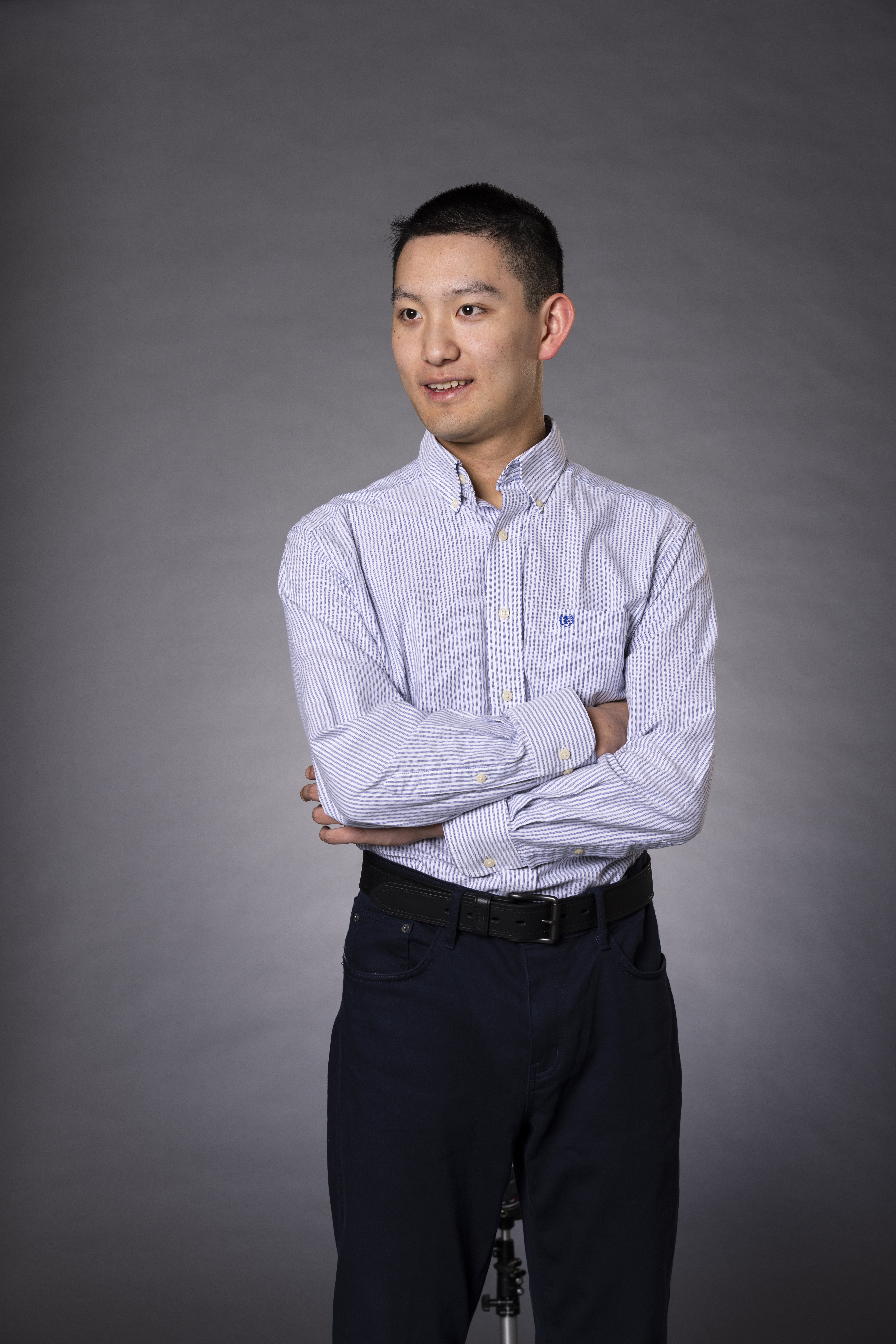ICTD 2025
Street & Highway Operations
POSTER RECEPTION (View list of posters here)
Operational Effects of the Dynamic Reversible Contraflow Median U-Turn Intersection Design
Tuesday, June 10, 2025
4:45 PM - 6:00 PM MT
Room: Exhibit Hall

Peter Yu, n/a
Graduate Student
University of Washington
Camas, Washington, United States.jpg)
Yinhai Wang, P.E., Dist. M. ASCE, F. IEEE, F. ITE
Professor
University of Washington
Seattle, Washington, United States
Primary Author(s)
Co-Author(s)
Abstract: Signalized intersections are a critical component of the highway system and often experience safety and operational issues under high traffic demands. Many of these issues stem from high left-turn demands, which can severely degrade the safety and operational efficiency of a signalized intersection. As a result, many transportation agencies have turned to alternative intersection designs to improve safety and mobility. These designs include the displaced left-turn (DLT), median U-turn (MUT), reduced conflict U-turn (RCUT), and quadrant roadway (QR) intersections. However, many alternative intersection designs often result in substantial footprint and construction impacts, which can limit their overall usage. This work proposes the dynamic reversible contraflow median U-turn (DRCMUT) intersection design to overcome this limitation. The DRCMUT intersection relocates one left-turn movement to a U-turn crossover on one leg while maintaining the paths of all other movements. It also uses dynamic reversible lanes on the same leg to handle opposing left turns while avoiding the need for additional lanes. This work used VISSIM to study the performance effects of the DRCMUT, one-legged DLT, and conventional intersection designs at two sites in Washington state. The results show that the DRCMUT design can reduce overall experienced travel time (ETT) and stops relative to the conventional intersection by as much as 50 and 40 percent, respectively. The DRCMUT design is also more friendly to people walking and cycling than the one-legged DLT design.
Learning Objectives:
Attendees can expect to learn the following from this session:
- List the key geometric and operational attributes of the dynamic reversible contraflow median U-turn intersection (DRCMUT) design.
- Identify specific cases where the DRCMUT design may be useful and advantageous.
- Describe the key traffic signal timing elements of the DRCMUT design.
